In keeping with our philosophy of environmental responsibility,
the processes employed in both the vineyard and winery
are motivated by the need for sustainability.
In keeping with our philosophy of environmental responsibility, the processes employed in both the vineyard and winery are motivated by the need for sustainability.
Our Vineyard
The Shiraz and Cabernet Sauvignon vines are cane pruned and dry grown in rocky laterite soil on north facing slopes. Cane pruning produces concentrated fruit of low yield and high quality. The vines are unirrigated, relying on rainfall only. Bio-dynamic preparations and natural inputs including farm made composts, dolomite, rock phosphate and limestone, promote the vitality of the vines and greatly enhance soil biology. There is no leaching of chemicals into groundwater or waterways. These methods enable a mineral rich and biologically active soil food web to nurture the vines which in turn produces healthy fruit in a clean environment.
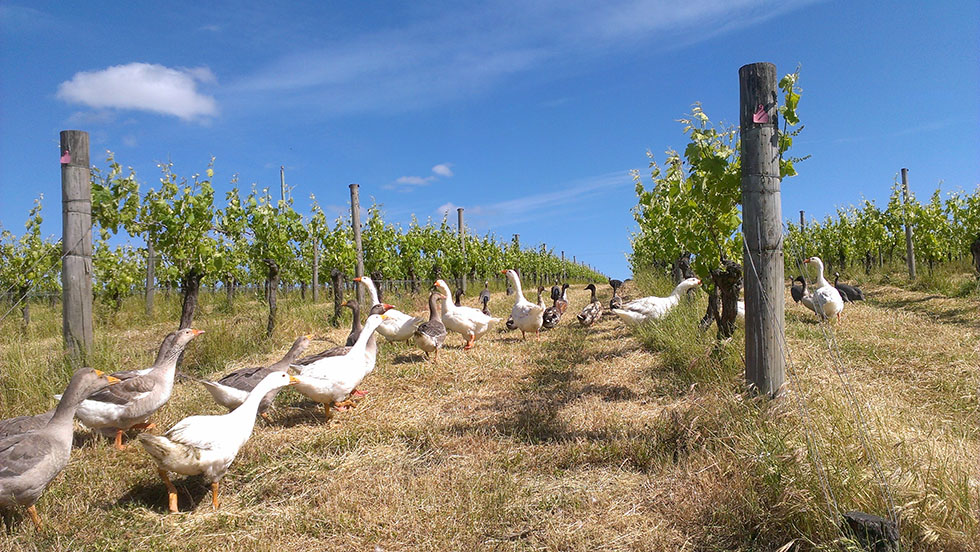
Our Vineyard
Bio-dynamic preparations and natural inputs including farm made composts, dolomite, rock phosphate and limestone, promote the vitality of the vines and greatly enhance soil biology. There is no leaching of chemicals into groundwater or waterways. These methods enable a mineral rich and biologically active soil food web to nurture the vines which in turn produces healthy fruit in a clean environment.

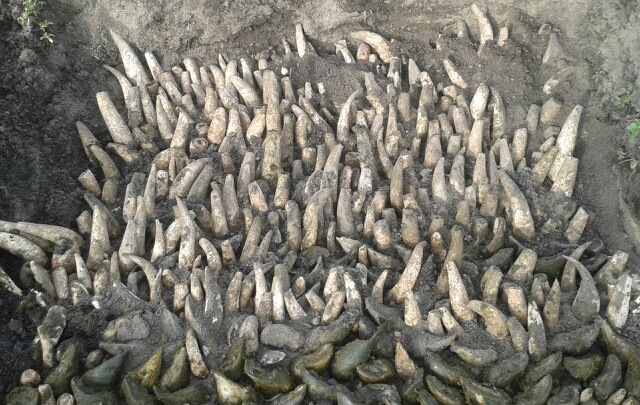
Soil rich in organic matter sequesters atmospheric carbon dioxide, supports soil biodiversity and increases nutrient retention. It is our intention as custodians of the land, to leave the land in better condition than when we started farming for future generations.

Preservative free wines are made with utmost care and minimal intervention
Our Winery
Because of the cool climate, the grapes are harvested, typically in the second half of April when flavour and tannins are at full ripeness and the weather is favourable. They are transferred to the on-site winery and simply de-stemmed and crushed into small open beeswax lined fermenters. No additions of any kind are made at this, or any other stage in the process. Wines that have mutli-dimensional aromatic and complex flavour profiles can then be created from the intense fruit.
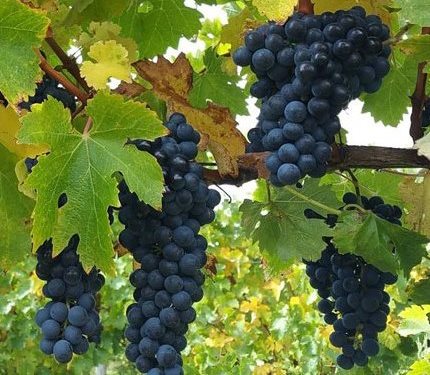
Our Winery

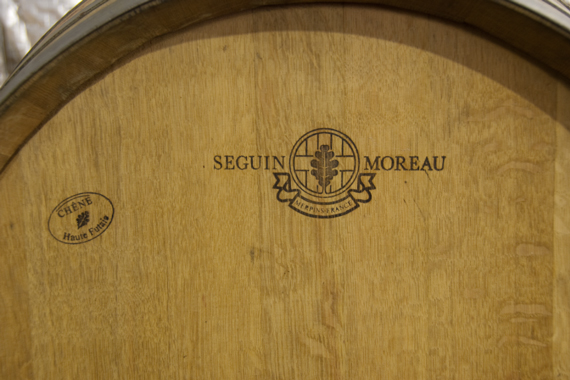
The fermentation begins spontaneously from wild yeast and proceeds for several days during which time the cap of skins is plunged. While still actively fermenting, the tanks are emptied, the skins are basket pressed and the wine transferred directly to oak barriques where the fermentation runs to completion over the next few months.
French oak barriques and a small percentage of American oak are used for maturation with about 10% new each year. The wine stays in contact with the fine lees for the first twelve months and is racked once prior to bottling. It is not fined or filtered and no sulphur dioxide is added.
Only the finest quality corks were used to continue the trajectory of development begun by the oak until 2009 when screw cap enclosures were introduced. The wines are released ready to drink at about three years of age but will repay careful cellaring for several more years. Refer to the vintage diary to follow the progress of the wines.
The fermentation begins spontaneously from wild yeast and proceeds for several days during which time the cap of skins is plunged. While still actively fermenting, the tanks are emptied, the skins are basket pressed and the wine transferred directly to oak barriques where the fermentation runs to completion over the next few months.

French oak barriques and a small percentage of American oak are used for maturation with about 10% new each year. The wine stays in contact with the fine lees for the first twelve months and is racked once prior to bottling. It is not fined or filtered and no sulphur dioxide is added. Only the finest quality corks were used to continue the trajectory of development begun by the oak until 2009, when screw cap enclosures were introduced.
The wines are released ready to drink at about three years of age but will repay careful cellaring for several more years. Refer to the vintage diary to follow the progress of the wines.
The wine is racked only once during it’s upbringing, and neither fined or filtered or cold stabilised, this further reduces energy consumption.
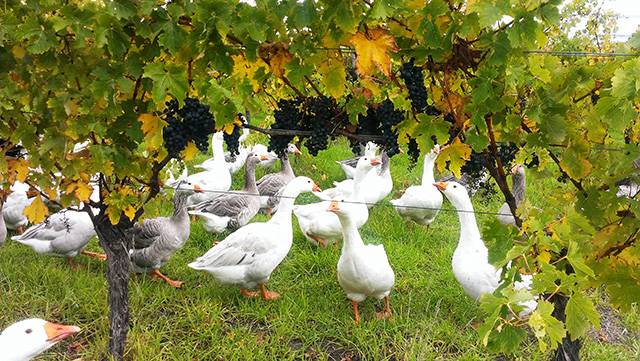

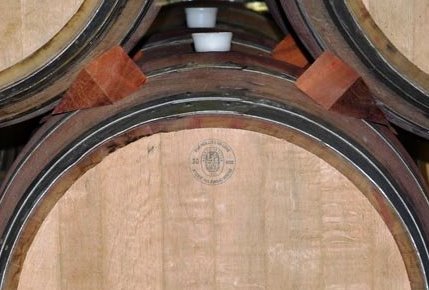
We don’t discard barrels after two or three years of use but we nurture them for use as long as they benefit the wine thus reducing the manufacturing energy cost to the environment. The use of a renewable resource (oak) for all of our storage is more sustainable than stainless steel.

We don’t discard barrels after two or three years of use but we nurture them for use as long as they benefit the wine thus reducing the manufacturing energy cost to the environment. The use of a renewable resource (oak) for all of our storage is more sustainable than stainless steel.
